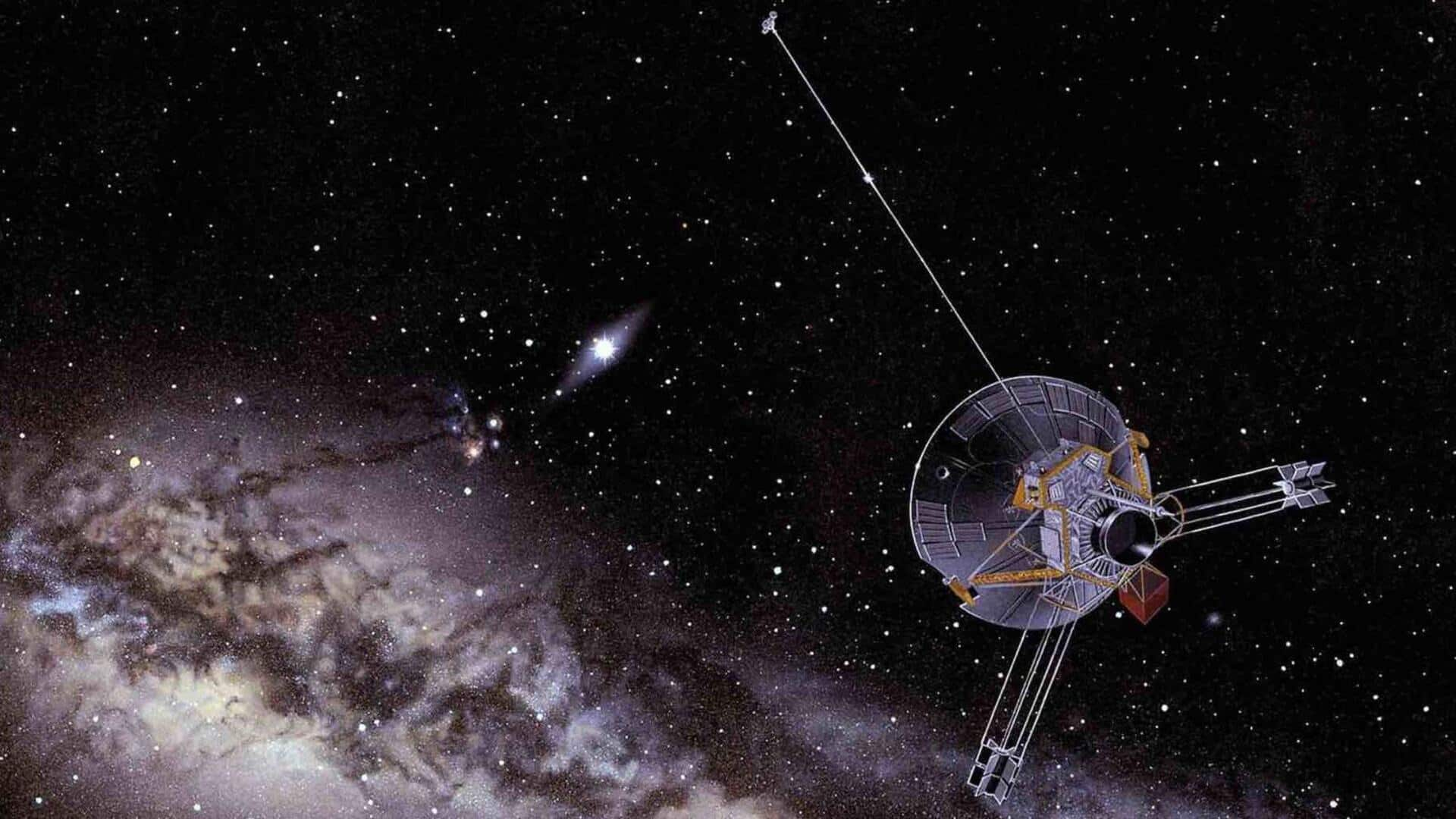
Ion drive breakthrough could enable rapid interstellar travel
What's the story
A recent paper presented at the 75th International Astronautical Congress in Milan, has proposed that ion drives or electric propulsion systems, could be used to carry a massive payload on different trajectories. These would include trips around Jupiter and Pluto, and to the solar gravitational lens (SGL), a point 550 AU from the Sun. The SGL is farther than any man-made object has ever traveled, even Voyager's distance.
Drive specifications
Ideal ion drive characteristics for optimal performance
The paper detailed the features of an "ideal" ion drive, required for such ambitious missions. A key element is the power plant, which should be efficient enough to maintain over a decade of thrust. The researchers envisioned an ideal power plant that could deliver 1kW per kg of weight, a spec that is well beyond current tech. The best ion thruster power sources can only deliver about 10W per kg, while nuclear electric propulsion systems provide around 100W per kg.
Performance factors
Thrust efficiency and specific impulse in ion drives
The researchers also stressed on thrust efficiency for these interstellar missions. They proposed an idealized thrust efficiency of 97%, a major improvement over current technologies that average around 75% to 80% efficiency. The team also looked at specific impulse, with their ideal value falling between 34,000 to 76,000 seconds. This falls within the potential values for more speculative technologies and could be doubled with the right choice of thruster and propellant.
Technological hurdles
Power plant development key to advancing ion drive technology
The paper emphasized that the advancement of ion drive technology is not restricted by our failure to develop drives with improved specific impulse, but by the absence of power plants to support them. Addressing this issue could open the doors for more development in this area. If all these features were integrated into a working propulsion system, it could launch a payload of nearly 18,000kg to the SGL in just 13 years. Far faster than any previous mission's capabilities.